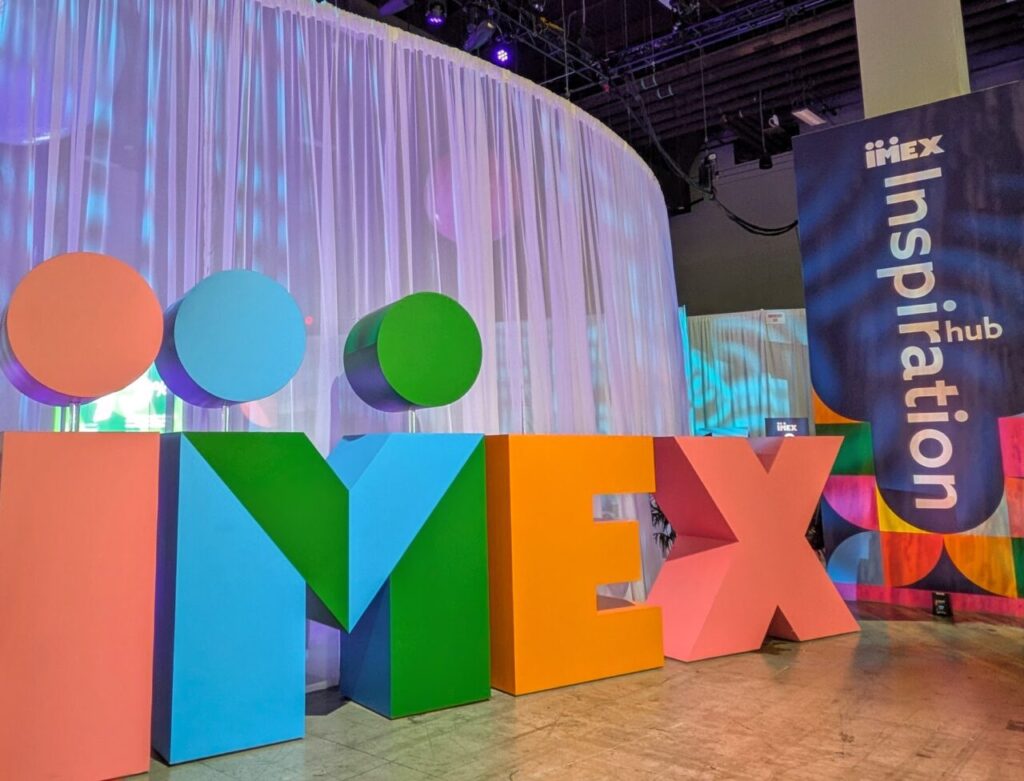Marketers collect a tremendous amount of data between Black Friday and New Year’s Day. However, they often don’t act upon this holiday data, thinking the information is only gift-giving related and not really indicative of their customers’ true behavior.
That, says Eric Tobias, vice president of web products, ExactTarget, web products, is a mistake.
“There’s so much action in the back half of the year, and many folks make the assumption that the behavior is simply non traditional buying and not representative of their customers,” he says. “There’s some data that this might be more myth than fact.”
While a lot of gift buying is happening in November and December, studies show what more than 60% of consumers admit to shopping for themselves during the holidays. “This means marketers are throwing away valuable behavioral data,” Tobias says.
Marketers today are living with more data than they know what to do with, he adds. “[A lot of companies] have data from holiday 2012 living in a silo. How can you mine that holiday data and use it to see who would be your best customers for 2013?”
But most marketers aren’t doing that. Where can they start making this valuable data work for their business?
One thing to do is start capturing explicit data, but asking customers about their needs and interests, so you can connect with them after the holidays. When is the best time to do this? During the checkout process, customers might not be thrilled to answer more questions, especially if there doesn’t’ seem to be a benefit for them. But, if ask them questions during the buying process in an effort to make the interaction better for them, they’ll be more likely to share.
For example, says Tobias, say a customer is interested in buying a TV. A marketer could build a guided selling tool, where the customer is asked about their TV needs—how many people are in the family, what they like to watch, what type of lighting is in the room where the TV would live. “Then they don’t feel like they’ve taken a survey. They feel like they’ve done something with a benefit to them.”
Preference centers can also be sources of explicit data for marketers, who can offer the chance for customers to receive more relevant communications in exchange for preference and demographic data.
One thing that marketers can easily ask during checkout is whether the item or items being purchased is a gift. “Less than 10% of our customers offer this as an option,” Tobias notes.
“Even when you’re buying a gift, you give digital clues about your buying behavior,” he says. “If used correctly, data like the order items are looked at and the brands browsed can give deep insights about who customers are.”
On a tactical level, marketers should respect where the customer is at in their shopping process. “In early November, the right messaging might be different from end of December,” he added, noting that many companies make the mistake of collecting information on customers and then not using it. “Digital is evolving from channel-focused campaigns to a seamless customer experience and you need to speak to customers as individuals.”
 Network
Network

